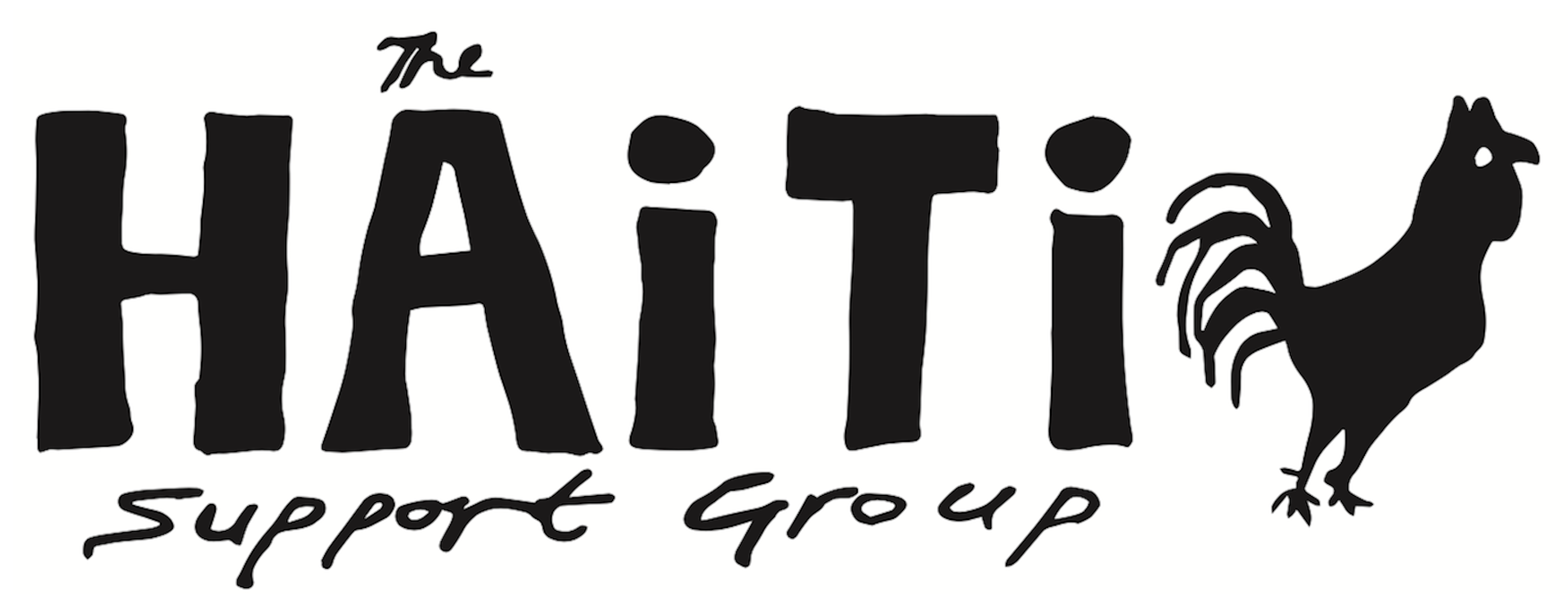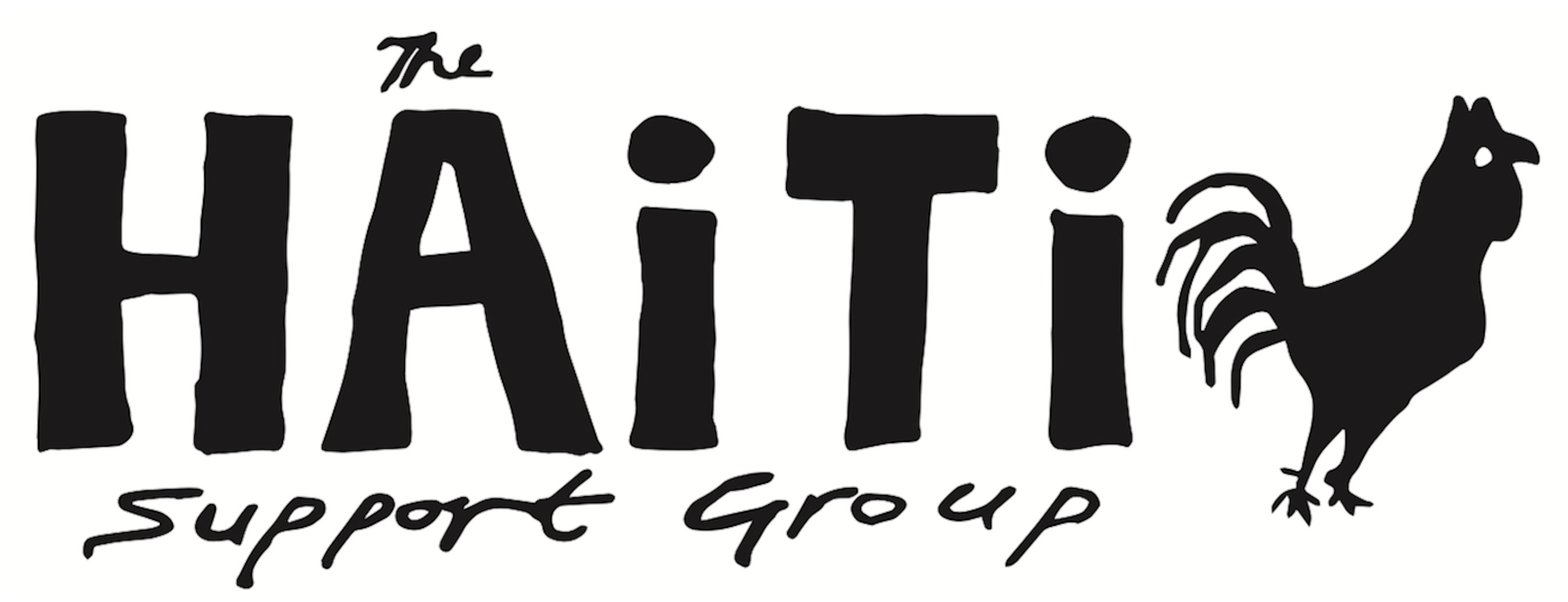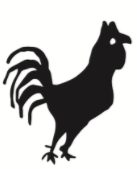Kafou: Haiti, Art and Vodou
Kafou is a major exhibition featuring Haitian art inspired by Vodou. The event will run from 20 Oct 2012 – 06 Jan 2013, at the Nottingham Contemporary and brings together 177 works by 35 artists from the 1940s to today.
Drawing from leading collections from Haiti, North America and Europe, Kafou will be one of the largest exhibitions of Haiti’s celebrated art ever held in the UK.
The event is curated by Leah Gordon, a founding member of the Haiti Support Group, and Alex Farquharson.
Also as part of the Nottingam contemporary event, the University of Nottingham Institute for the Study of Slavery will be hosting an international conference “1804 and its afterlives” on 7 & 8 December.
For full details, click here

Kafou, Haiti, Art and Vodou. Gallery 3. Photo Andy Keate

Haiti is especially known for the art of its urban and rural poor. The label “naive” has often been applied to it, but doesn’t do it justice. The imaginative power and visual intricacy of these artworks reflect the richness of Haitian history and culture. They are in sharp contrast to the country’s familiar reputation for extreme poverty, natural disaster and political violence.
Haitian art is often at its most extraordinary when inspired by Vodou – a spiritual belief system followed by an estimated 90% of Haitians. With its roots in West African religions, Vodou includes aspects of Catholicism (most of Vodou gods are linked to Catholic saints), Islam, European folklore and freemasonry, as well as the religion of the island’s Taino people, who were almost wiped out by the first Spanish settlers. This fusion reflects the history of a small nation at the centre of the Atlantic World.


